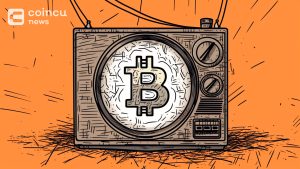Loopring Launches Proposal To Add The LRC Staking Function
Loopring, the Ethereum Layer 2 protocol, launched a vote on adding the LRC staking function on December 3.
The proposal proposes to allocate 45% of the protocol revenue to qualified liquidity pools, 45% to users who staked LRC, and 10% to DAO in the future.
If it is to be passed, “yes” votes must account for more than 60% of the total votes, and more than 10 million LRCs must participate in the voting.
At present, the Loopring’s proposal has received 18 million LRC votes in favor, accounting for 98.62% of the total votes.
Loopring is a software running on Ethereum that aims to incentivize a global network of users to operate a platform that enables the creation of new types of crypto asset exchanges.
One of an emerging number of decentralized finance (DeFi) protocols, Loopring uses multiple cryptocurrencies, including its own LRC cryptocurrency, to together provide for this platform.
Most notably, Loopring claims its platform will allow exchanges built on top of it to sidestep the slow speeds and high costs associated with decentralized exchanges on Ethereum through the use of a newer type of cryptography called zero-knowledge rollups, or zkRollups.
With zkRollups, Loopring asserts its exchanges can offer faster settlements for traders. Rather than settling trades on the Ethereum blockchain directly (as other decentralized exchanges do), zkRollups enable Loopring exchanges to complete key computations elsewhere.
The idea is that this can reduce the number of transactions that a Loopring exchange will need to submit to the Ethereum network, thus increasing speed and reducing costs for traders.
This is in contrast to other decentralized exchanges, where trades require transactions to be confirmed by the Ethereum network, taking minutes instead of seconds or milliseconds.
In order to begin trading on a Loopring exchange, users must first send their funds to a smart contract managed by the protocol.
From there, it exchanges move the computation necessary to complete trades off of the main Ethereum blockchain. This includes information such as a user’s account balances and order histories.
DISCLAIMER: The Information on this website is provided as general market commentary and does not constitute investment advice. We encourage you to do your own research before investing.
Join us to keep track of news: https://linktr.ee/coincu
Website: coincu.com
Harold
Coincu News















